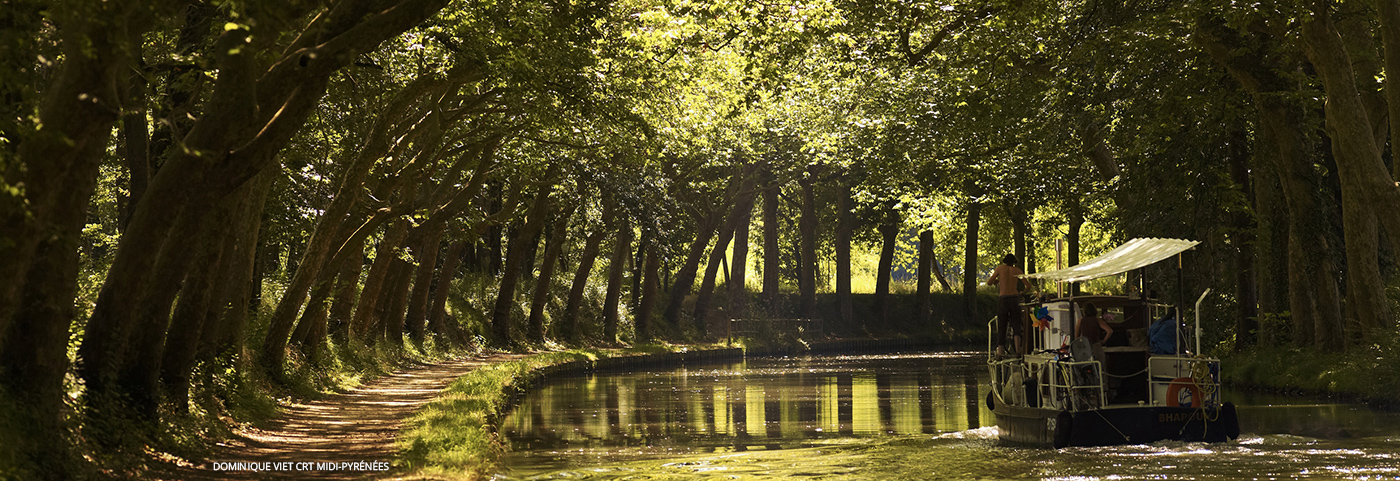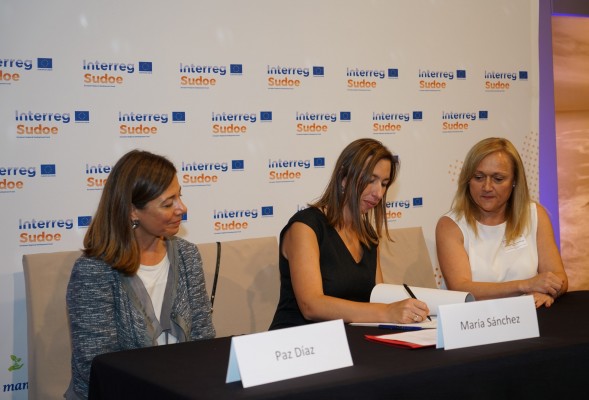REMAS
Risks management of greenhouse gas emissions in forest fires

Axis 4 Combating climate change
Objective 5b1 Improving the coordination and effectiveness of prevention, disasters management and rehabilitation tools of damaged areasImage gallery
- Environmental services (management and risk protection and biodiversity) and energy (production technologies, distribution and storage from renewable sources), air quality and emissions control
- Management of the cultural heritage
- Forest fires
- Agribusiness and timber
- 2. Universitat Politècnica de València Institute of Information and Communication Technologies
- 3. Universitat de València
- 4. Diputación de Valencia
- 5. Instituto Nacional de Investigación y Tecnología Agraria y Alimentaria, O.A., M.P Centro de Investigación Forestal
- 6. Municipio de Loulé
- 7. Instituto Superior de Agronomia
- 8. Ecole Nationale Supérieure des Sciences Agronomiques de Bordeaux Aquitaine Bordeaux Sciences Agro BSA
Project summary
Sinisters in Sudoe’s area are more and more related to forests’ fires. Added to the material, environmental and social consequences, the latter are responsible for a ig part of the CO2’s emissions. To avoid those ones, an active prevention of forests fires and the management and post-fire renovation remain crucial. All of this leads to the need to take into account the risk of greenhouse gas within the design of prevention plans and the implementation of renovation measures for channels and vegetation. With this in mind, REMAS develops a quantification model to measure the risk of emission in order to include this indicator in policies and programmes for forest fires management, through mapping and the proposal of renovation measures, which obey, to standard action protocols as post-fires measures.
Participating regions
- Algarve
- Aquitaine
- Comunidad de Madrid
- Comunidad Valenciana
- Lisboa





